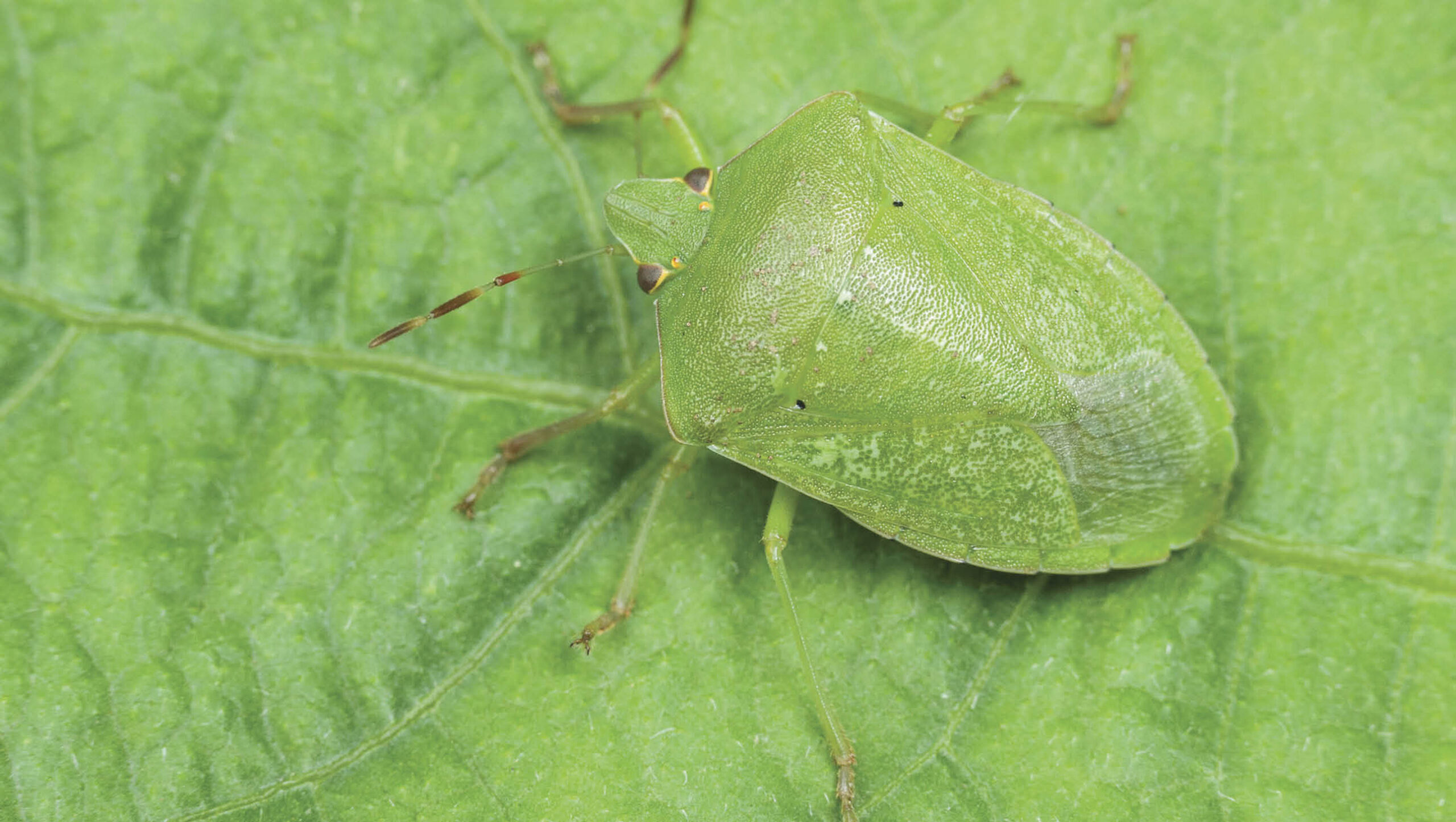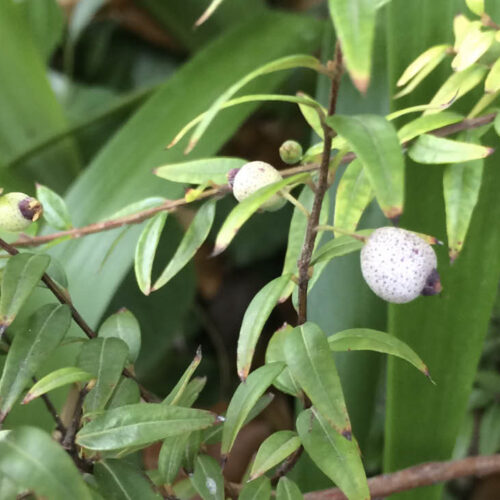Where do pests go in winter?
2025-07-08T16:10:02+10:00
Some pests can handle the cold, others can't. Regardless, nature has equipped them with a way to deal with the chill.
Some insects are cold tolerant. Cabbage white butterfly (Pieris rapae) is a European species and is well adapted to our cold weather. Their caterpillars can live through a mild frost, but persistently cold weather would kill them. So they pupate. The pupae go into a type of hibernation, where further development is suspended, known as diapause.
This same strategy allows many insect species to survive prolonged cold weather. Dormant stages of insect life cycles (egg or pupa) are less vulnerable to weather extremes than larval or adult life stages.
Cabbage white butterfly has another trick up its sleeve – it is one of many insects whose cells manufacture antifreeze proteins to help survive freezing temperatures. Their pupae can survive temperatures as low as −20°C.
Mass migration
Insects that are strong fliers may simply migrate to avoid bad weather. The most famous insect migration is that of the monarch butterfly (Danaus plexippus) of North America. Australian monarchs also migrate, not quite as spectacularly as the North American ones, but they do fly to the coast where winter weather is milder.
Some pest insects also migrate, including native budworm moths (Helicoverpa punctigera) which migrate to find suitable food for their larvae during winter. Budworms spend winter in breeding populations in inland Australia, and the generation of moths that emerge in early spring migrate towards the coast where they breed through spring, summer and early autumn. The related corn earworm (H. armigera) may also migrate and undertake either short or longer distance flights depending on food availability and prevailing weather systems.
To find out how to get ahead of pests, get a copy of our Winter 2025 issue (OG 158) here. Denis Crawford has some simple tips that will help you keep them under control.







